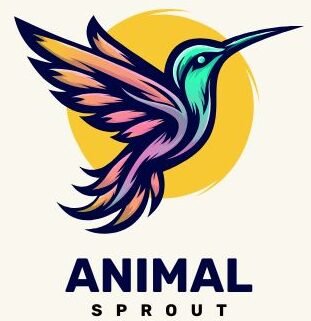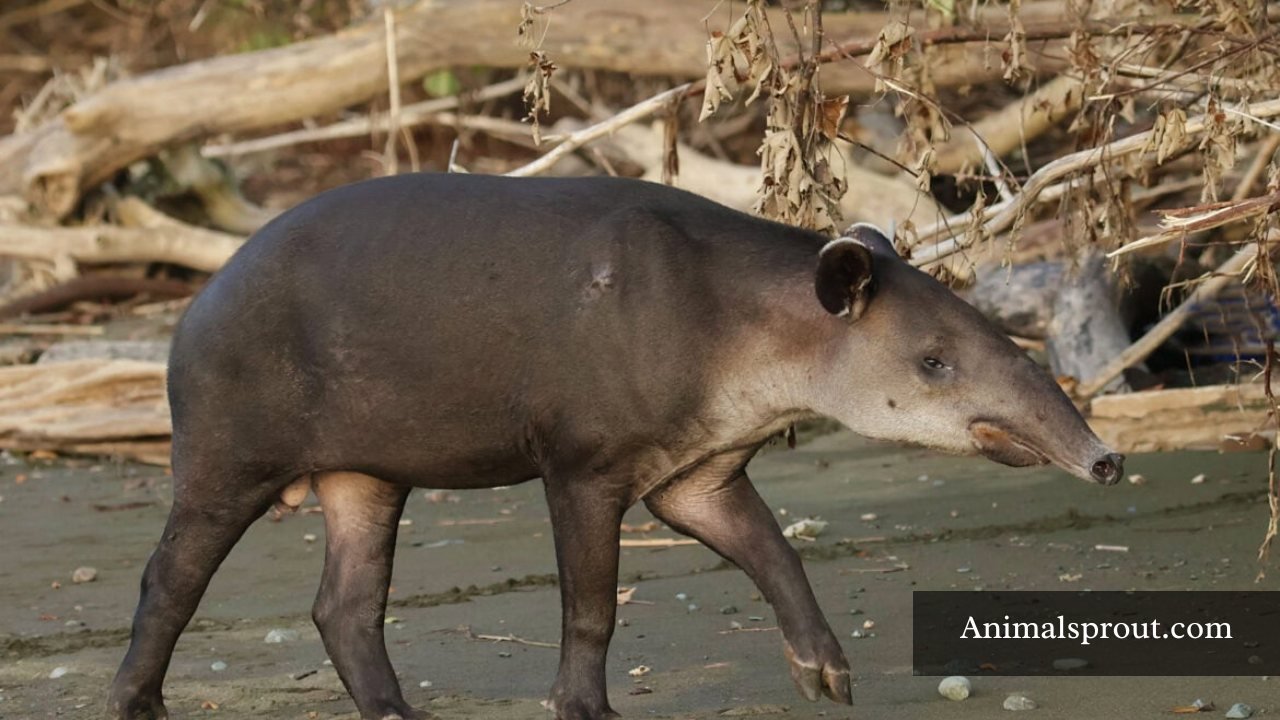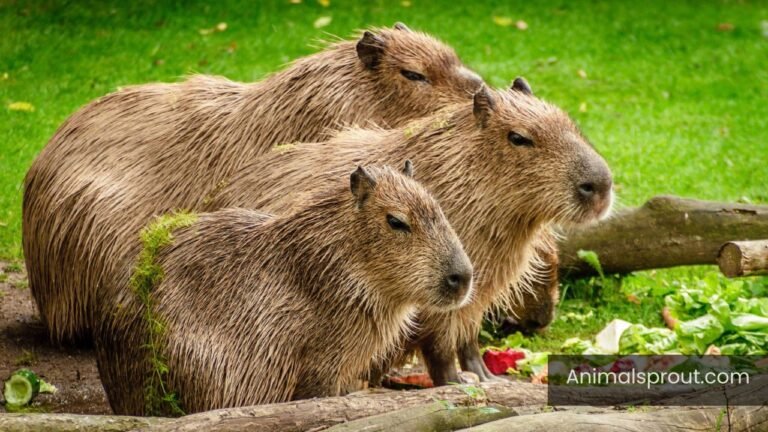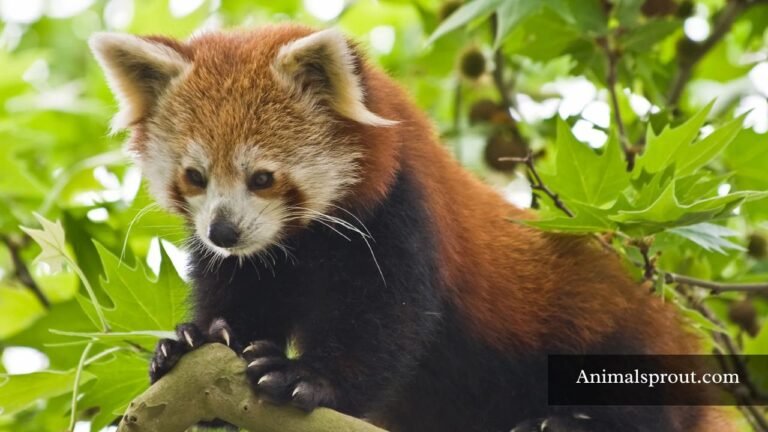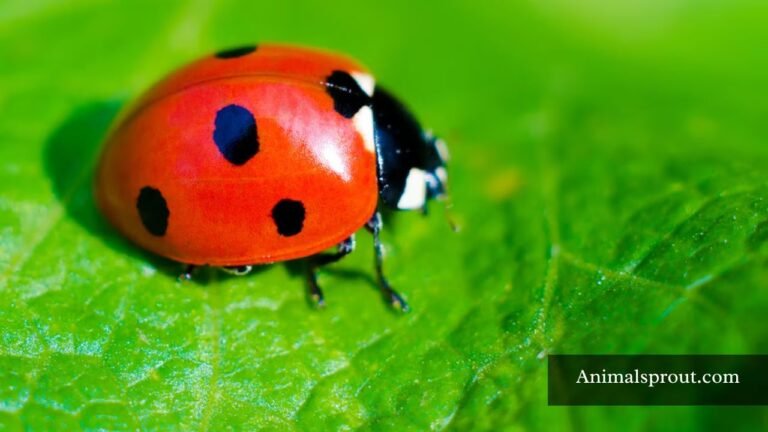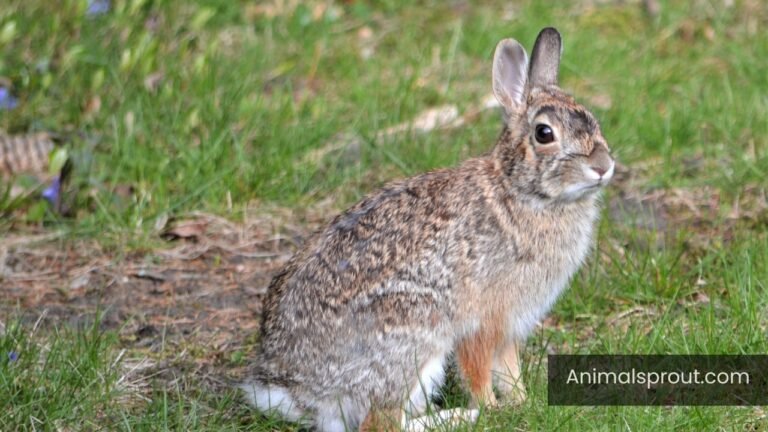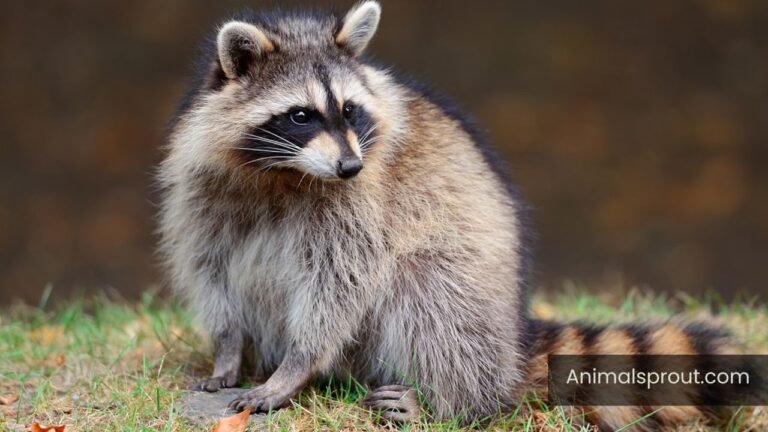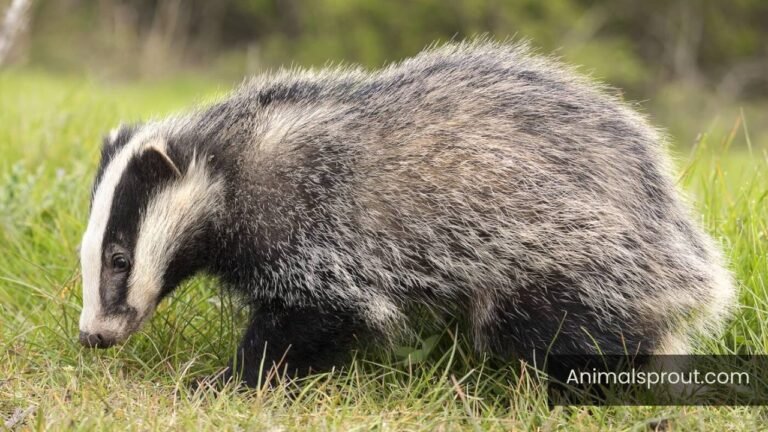Top 11 Animals That Have Trunk (With Pictures)
Animals that have trunks, like elephants and tapirs, exhibit remarkable adaptations that enhance their survival in diverse environments. In this article, we will delve into the biology, behavior, and ecological significance of these trunked creatures.
List of Animals That Have Trunk
Below is the list of animals with trunk:
| Number of Animals | Names of Animals That Have Trunk |
| 1 | Elephants |
| 2 | Tapirs |
| 3 | Giant Anteaters |
| 4 | Saiga Antelopes |
| 5 | Proboscis Monkeys |
| 6 | Wild Boars |
| 7 | Elephant Shrews |
| 8 | Aardvarks |
| 9 | Sawfish |
| 10 | Elephant Seals |
| 11 | Star-Nosed Mole |
Elephants
Class: Mammalia
Diet: Herbivore
Elephants, the gentle giants of the animal kingdom, are perhaps best known for their impressive trunks, which serve as multifunctional tools that are crucial to their survival. These remarkable appendages are not just elongated noses; they house over 40,000 muscle units, allowing for extraordinary dexterity and strength. Elephants can use their trunks to pick up a single blade of grass or uproot a tree with equal ease, showcasing an astounding range of motion and control. This versatility makes their trunks essential for feeding, drinking, and social interactions, as they communicate through touch and scent.
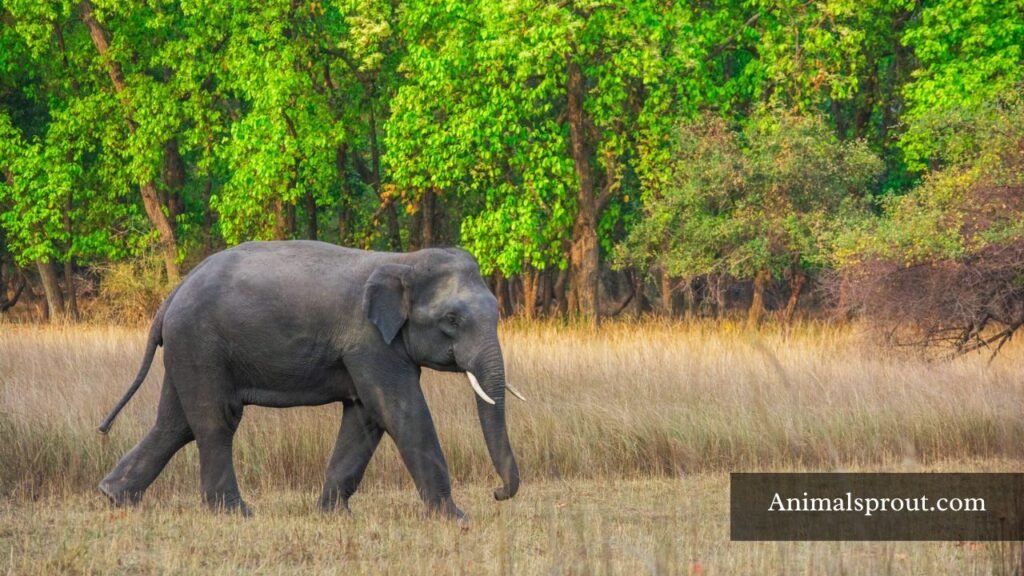
Beyond their physical capabilities, the trunk plays a pivotal role in the emotional lives of elephants. They are incredibly social creatures, often forming deep bonds within their herds, and their trunks facilitate these connections. Whether it’s a gentle caress to comfort a distressed companion or a playful tussle during social play, the trunk is an expression of their emotional intelligence. Recent studies even suggest that elephants can recognize themselves in mirrors — a testament to their self-awareness and complex social structures — further underscoring the significance of this extraordinary organ in navigating both their environment and relationships.
Tapirs
Class: Mammalia
Diet: Herbivore
Tapirs, often likened to a cross between a pig and an elephant, are fascinating creatures that sport a unique feature reminiscent of a trunk. However, their “trunk” is actually a short, flexible snout that plays a crucial role in their survival. This appendage allows tapirs to forage for food in dense vegetation, skillfully reaching for leaves, fruits, and aquatic plants. Their ability to grasp with this snout showcases a remarkable adaptation to their habitats, which range from tropical rainforests to grasslands across Central and South America, as well as Southeast Asia.
What makes tapirs particularly intriguing is their ancient lineage; they have existed for millions of years, surviving various climatic shifts that wiped out other species. Despite their robust build and somewhat clumsy appearance, tapirs are surprisingly agile swimmers, using their snouts as snorkels while navigating through rivers and swamps. This duality of being both terrestrial and aquatic creatures highlights their adaptability, yet they remain elusive and often misunderstood by the public. As we learn more about these gentle giants, it becomes clear that tapirs are not just quirky animals with trunks; they are vital players in their ecosystems, helping to maintain the balance of their environments through seed dispersal and habitat shaping.
Giant Anteaters
Scientific Name: Myrmecophaga tridactyla
Class: Mammalia
Diet: Insectivore
Giant anteaters, with their elongated snouts and bushy tails, are fascinating creatures that often spark curiosity about their unique adaptations. Unlike elephants, whose trunks serve multiple functions, the anteater’s snout is a specialized feeding tool, perfectly designed for slurping up ants and termites. This remarkable adaptation allows them to consume up to 30,000 insects in a single day, using their long, sticky tongues that can extend nearly 16 inches. Their keen sense of smell, which is about 40 times more sensitive than that of humans, plays a crucial role in locating hidden colonies beneath the surface.
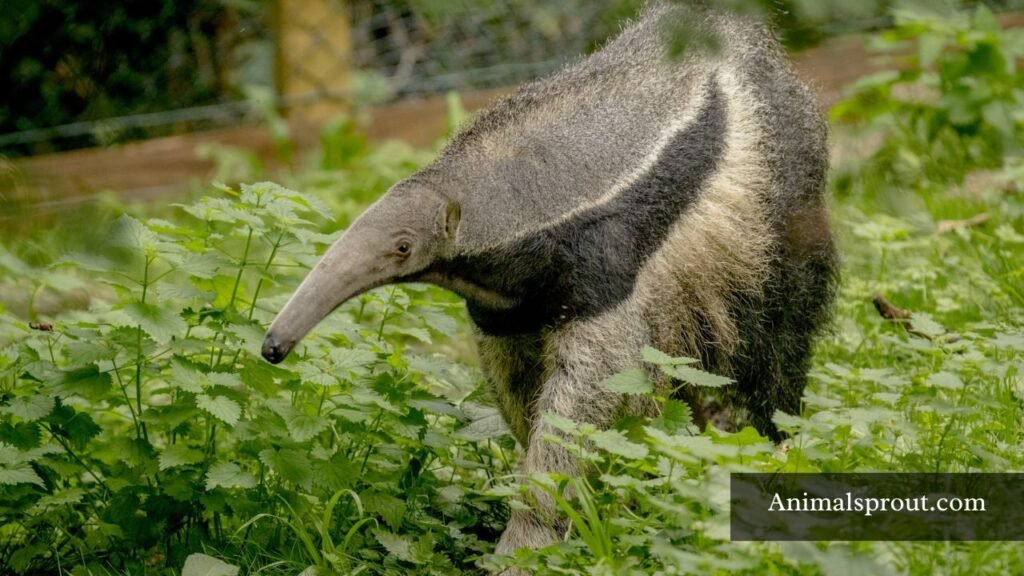
Moreover, giant anteaters are more than just insectivores; they also embody a delicate balance within their ecosystems. By controlling insect populations, they help maintain the health of their environments, promoting biodiversity. However, these solitary animals face increasing threats from habitat loss and fragmentation due to agricultural expansion and urban development.
Saiga Antelopes
Scientific Name: Saiga tatarica
Class: Mammalia
Diet: Herbivore
Saiga antelopes, with their distinctively bulbous noses, are a remarkable example of evolution’s creativity. Found primarily in the steppes of Central Asia, these unique creatures possess a trunk-like snout that serves multiple purposes. This peculiar adaptation not only helps them filter out dust and regulate body temperature during the sweltering summer months but also plays a crucial role in their social interactions and mating rituals. Their large nasal cavities can expand to take in more air, making it easier for them to breathe while running at high speeds across vast grasslands. Unfortunately, their populations have drastically declined due to poaching and habitat loss, making conservation efforts essential.
Proboscis Monkeys
Scientific Name: Nasalis larvatus
Class: Mammalia
Diet: Omnivore
Proboscis monkeys, native to the lush mangrove forests of Borneo, are a fascinating example of nature’s ingenuity. With their distinctive long noses — males often boasting appendages that can reach up to 7 inches — these primates not only capture attention but also play a crucial role in their ecosystem. The elongated noses serve multiple purposes; they amplify vocalizations, helping males attract mates and assert dominance. This unique adaptation is a striking example of sexual selection in action, where the most pronounced features can signal health and genetic fitness.

Beyond their peculiar appearance, proboscis monkeys exhibit remarkable social structures, often living in groups led by a dominant male. Their diet primarily consists of leaves, fruits, and seeds, showcasing their adaptability to a diverse range of food sources. Interestingly, their specialized stomachs allow them to digest tough plant material that many other animals cannot. As they leap gracefully through the trees, they also contribute to their environment by dispersing seeds, ensuring the continued growth of their forest home.
Wild Boars
Scientific Name: Sus scrofa
Class: Mammalia
Diet: Omnivore
Wild boars, often overshadowed by their more popular relatives like elephants, possess a unique set of adaptations that make them fascinating creatures in their own right. While they lack the literal trunk of an elephant, wild boars have developed an impressive snout that serves as a multifunctional tool. This elongated snout is not just for show; it’s equipped with sensitive bristles and a highly developed sense of smell, allowing these animals to forage effectively for roots, tubers, and even small invertebrates hidden beneath the forest floor.
Interestingly, wild boars have a complex social structure that is both intriguing and adaptable. They typically travel in matriarchal groups known as sounders, which provide protection and support for young piglets. The dynamic within these groups highlights the intelligence and emotional depth of these animals, as they communicate through a range of vocalizations and body language. Observing a sounder interact can reveal a wealth of insights into their social bonds, as mothers exhibit nurturing behaviors that ensure the survival of their offspring in the wild.
Moreover, wild boars are known for their adaptability in various habitats, from dense forests to agricultural fields. This versatility has allowed them to thrive across continents, but it has also led to challenges when they encroach on human settlements. As we navigate the balance between conservation and human-wildlife conflict, understanding the wild boar’s role in its environment becomes increasingly vital.
Elephant Shrews
Scientific Name: Macroscelides proboscideus
Class: Mammalia
Diet: Insectivore
These small, insectivorous mammals boast long, flexible snouts that resemble miniature trunks. This unique feature is not merely for show; it serves multiple purposes, from foraging for insects and fruits to enhancing their sensory perception. The shrew’s snout is packed with sensitive whiskers, allowing it to detect vibrations and scents in its environment, making it an adept forager in the underbrush of African forests.
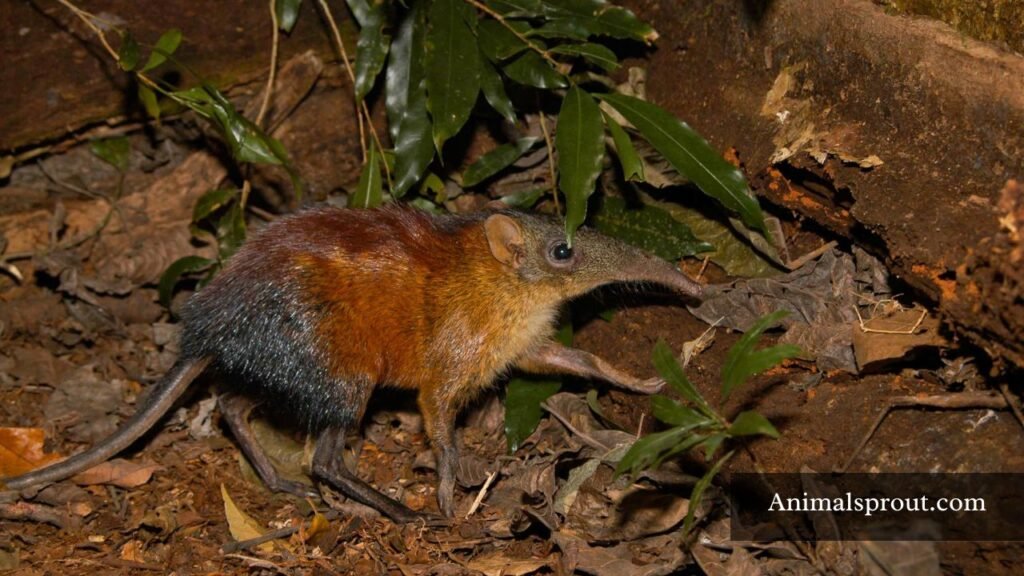
What’s particularly intriguing about elephant shrews is their remarkable agility and speed. They can reach speeds of up to 28 kilometers per hour (about 17 miles per hour), a surprising feat for such small animals. This swift movement helps them evade predators and navigate through their complex habitats. Their social behavior adds another layer of interest; while they are primarily solitary, some species exhibit fascinating grooming rituals and vocalizations during mating season.
Aardvarks
Scientific Name: Orycteropus afer
Class: Mammalia
Diet: Insectivore
Aardvarks with their long, pig-like snouts and oversized ears, these nocturnal creatures are master foragers, primarily feasting on ants and termites. Their specialized snouts are perfectly adapted for digging into mounds, allowing them to extract their favorite delicacies with remarkable efficiency. This distinctive feeding behavior not only highlights their role in the ecosystem as pest controllers but also emphasizes the intricate relationships they maintain with other species.
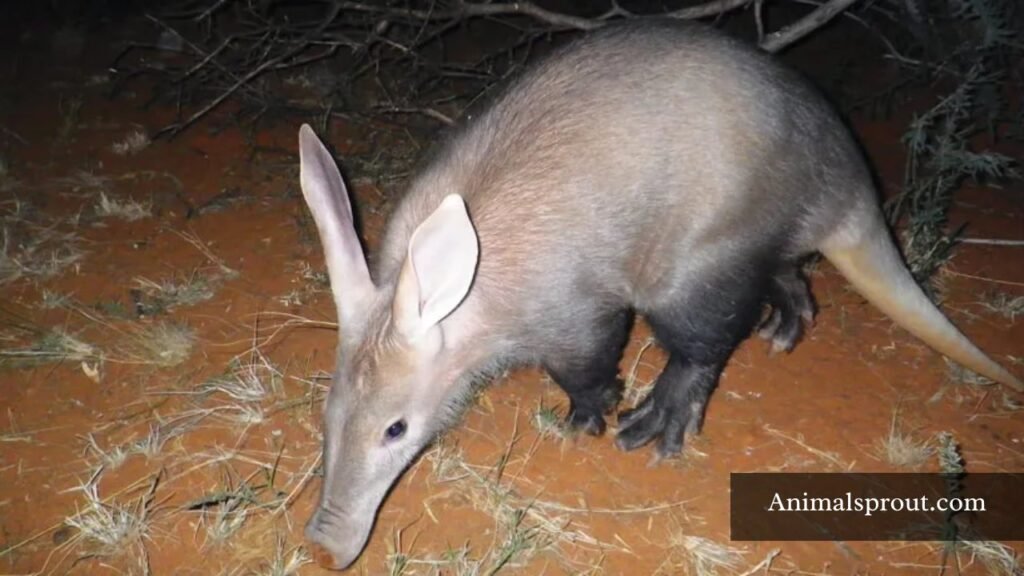
What truly sets aardvarks apart is their elusive nature and solitary lifestyle. They roam vast territories in search of food, using their keen sense of smell to locate hidden insect colonies. Interestingly, aardvarks have a unique defense mechanism: when threatened, they can quickly dig a burrow to escape predators, showcasing their remarkable adaptability.
Sawfish
Class: Chondrichthyes
Diet: Carnivore
The sawfish, an extraordinary creature of the ocean, possesses a unique adaptation that sets it apart from other fish: its elongated, flattened snout resembling a saw blade. This “saw” is not just for show; it serves multiple essential functions in the sawfish’s life. When hunting, these formidable appendages help to slice through schools of fish, stunning them with swift movements. Moreover, the sawfish uses its snout to root around in the seabed, unearthing hidden prey like crustaceans and mollusks, showcasing a remarkable blend of anatomy and behavior.
Elephant Seals
Class: Mammalia
Diet: Carnivore
Elephant seals, often overshadowed by their land-dwelling counterparts, possess a strikingly fascinating biology that’s as captivating as their name suggests. These marine mammals, found predominantly along the coasts of California and the sub-Antarctic islands, can weigh over 4,000 pounds and reach lengths of up to 20 feet. What sets them apart isn’t just their size but the impressive sexual dimorphism between males and females; male elephant seals sport an elongated, trunk-like nose that inflates during mating season, serving both as a vocal resonator and a display of dominance. This unique adaptation is not merely for show — it enables them to produce deep, resonant calls that can be heard over vast distances, attracting mates while warding off rivals.

Beyond their striking appearance, elephant seals are remarkable for their incredible diving abilities. They can plunge to depths exceeding 5,000 feet in search of food, holding their breath for over an hour. This extraordinary feat is facilitated by their physiological adaptations, such as a high concentration of myoglobin in their muscles, allowing them to store oxygen efficiently.
Star-Nosed Mole
Scientific Name: Condylura cristata
Class: Mammalia
Diet: Carnivore/Insectivore
The star-nosed mole, a fascinating creature native to North America, showcases one of the most extraordinary adaptations in the animal kingdom. With its distinctive, star-shaped nose adorned by 22 fleshy appendages, this small mammal has evolved a unique sensory tool that allows it to navigate its environment with remarkable precision. While many animals rely heavily on sight or hearing, the star-nosed mole is almost blind and instead uses its incredible sense of touch to detect food and obstacles in its dark, subterranean world. This adaptation not only sets it apart from other moles but also reveals the incredible ways evolution can craft specialized tools for survival.
One of the most captivating aspects of the star-nosed mole is its speed in processing sensory information. Research has shown that this creature can identify and consume its prey — often small invertebrates like earthworms and insects — in less than a second, thanks to its highly sensitive star-shaped appendages. This rapid-fire feeding mechanism highlights the efficiency of its evolved traits, allowing it to thrive in environments where competition for food can be fierce.
Readmore: Explore Top 17 Animals That Can Jump .
Final Words
Animals with trunks, such as elephants and tapirs, showcase the incredible adaptability of nature. These remarkable creatures have evolved unique adaptations that serve essential functions in their daily lives, from foraging for food to social interactions. The trunk not only enhances their survival but also highlights the diversity of animal anatomy across species. Understanding these fascinating adaptations can deepen our appreciation for wildlife and the environments they inhabit. Let’s continue to learn about and protect these extraordinary animals and their habitats for future generations.
FAQs
Which animal has a long trunk?
The animal with a long trunk is the elephant. Elephants are known for their distinctive trunk, which is an elongated nose that serves multiple purposes. They use it for feeding, drinking, and even social interactions. The trunk is a highly versatile tool, allowing them to pick up small objects, strip leaves from branches, and even communicate with other elephants through sounds.
What animal has a short trunk?
The tapir is a unique animal known for its short, flexible trunk-like snout. This feature helps them forage for food in their natural habitats, which include forests and grasslands in Central and South America, as well as Southeast Asia.
What animal looks like a pig with a trunk?
The animal that resembles a pig with a trunk is the tapir. With their stout bodies, short legs, and elongated snouts, they do bear a resemblance to pigs.
Does a giraffe have a trunk?
No, a giraffe does not have a trunk. Giraffes are known for their long necks and legs, which help them reach high branches and foliage.
